Bonga Fish: A Cameroonian Culinary Staple
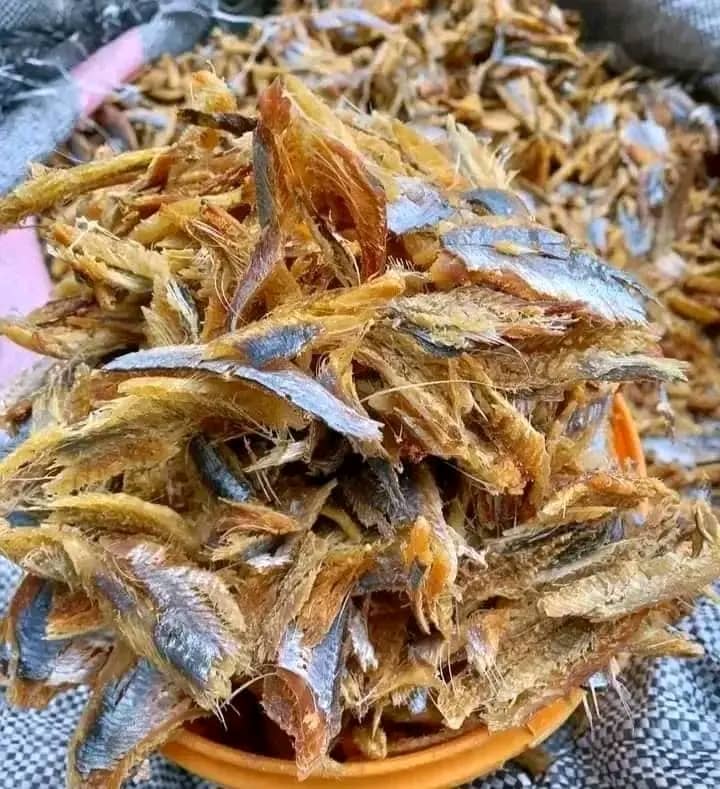
Bonga Fish: A Cameroonian Culinary Staple
The Ethmalosa Fimbriata Fish
This fish is called locally Bonga fish or Bonga Shad fish. Its English name is Ethmalosa Fimbriata which is also the scientific name of the Bonga shad fish. Fresh Bonga fish market is mainly in Cameroon, Senegal, The Gambia, and Guinea, The fish is later dried and fillets for export.
Classification
Ethmalosa fimbriata belongs to the class Teleostei (teleosts), order Clupeiformes (Herrings), and family Dorosomatidae (Gizzard shads and sardinellas). Dried Fish for export falls under the category of fish and seafood products. The HS code system for export also applies to Bonga fish. The EU has established stringent regulations regarding the importation of animal products to ensure the safety and well-being of consumers as well as to protect public health.
Description
Ethmalosa fimbriata is a clupeid fish that is usually around 25 cm long but can reach a maximum length of 45 cm. It has a compressed body with scutes present along the belly and an upper jaw with a distinct mark into which the tip of the lower jaw fits. The lower gill rakers are long, fine, and numerous, about three times as long as the gill filaments, while the upper gill rakers are bent sharply upward in a V-shaped manner. The pelvic fin rays have one unbranched and seven branched rays. The caudal fin tips are long and pointed, and the dorsal fin tip is black. The caudal fin is deep chrome yellow, and there are golden tints on the body (Ref. 188). See picture below.
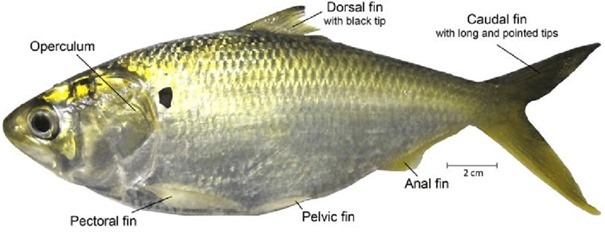
Source: Lilkendey, Julian, Unravelling the reproductive tactics of a tropical clupeid fish (Ethmalosa fimbriata, Bowdich 1825)
Habitat and Distribution
Ethmalosa fimbriata is found in fairly shallow coastal waters, lagoons, and estuaries, and sometimes also in the lower courses of coastal rivers, even more than 300 km up rivers. It feeds principally on phytoplankton, chiefly diatoms, filtered by fine gill raker sieve. Aquatic species reproduce year-round in waters with varying salinity levels, although there are specific regions where breeding activity peaks. It spawns in the sea, in estuaries, and in rivers.
Ethmalosa fimbriata is primarily located in the Eastern Central Atlantic Ocean, extending from Dakhla in Western Sahara down to Lobito Bay in Angola. This species is known to occasionally inhabit freshwater environments.
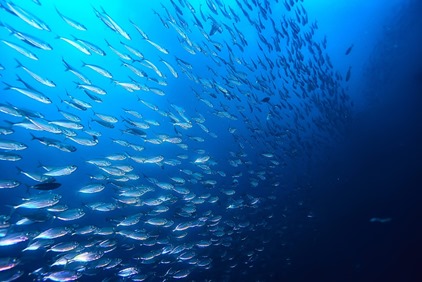
Uses
Ethmalosa fimbriata is an important food source in West and Central Africa like in Cameroon and is usually smoke-dried for 2 to 5 days for preservation. It is also used to make fish meal, a powder that is exported worldwide and used to feed farmed fish in places like Norway and China. It is fillet and sold worldwide, including Europe like in the UK and the Netherlands, also in some African shops.
From Ocean to plates
The coastal fishing centers are the main activity for buyers and sellers of fresh fish in general and Bonga fish in particular as canoes from fishermen bring in their catch of fresh Bonga fish. These fishermen play a crucial role as they act as intermediaries, and purchase the fish directly from the fishermen. To transport the delicate fish, traders rely on a variety of vehicles, including cars and pick-up trucks, each adapted to the specific needs of the journey. The Bonga then reaches the markets, where residents purchase the fresh catch. Knowing the importance of preserving and adding value to the fish, the locals use the traditional practice of drying the Bonga. This process not only extends the shelf life of the fish but also enhances its flavor and texture. The dried Bonga becomes a staple food, enjoyed by the community and often used in various culinary preparations. They are sometimes fillet and exported all over the world including Europe. The Bonga fish is a symbol of the continent’s rich marine resources, and plays a vital role in the lives of the African people, connecting them to the sea and its bounty and trading globally.
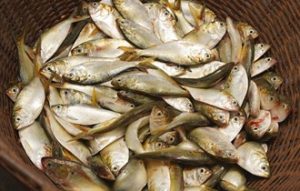
Dried Bonga Fish
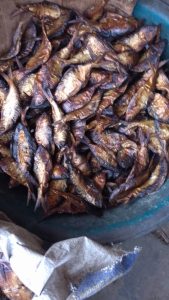
Bonga fillets: Ready for export
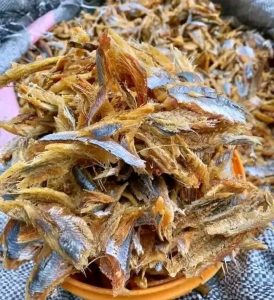
How EAL can help you with Export to international markets – The EU
The EU is very strict with regulations when it comes to animal products entering the EU. Exporters must be up to date with documentation, certificates and understand what to do and what not to do to enable easy access to the lucrative EU market. This is where EAL comes in. We work with regulatory bodies, customs, and clearance companies to give you the latest when it comes to exporting your animal products to the EU. Join our EU Trade Ticket an online training program to learn more! https://euroafrilink.com/training
Sources
FAO Fisheries Circular No. 870
FishBase
The New Yorker
Marine fisheries of Cameroon
TheGuardian.com
Author: Patience Chindong

